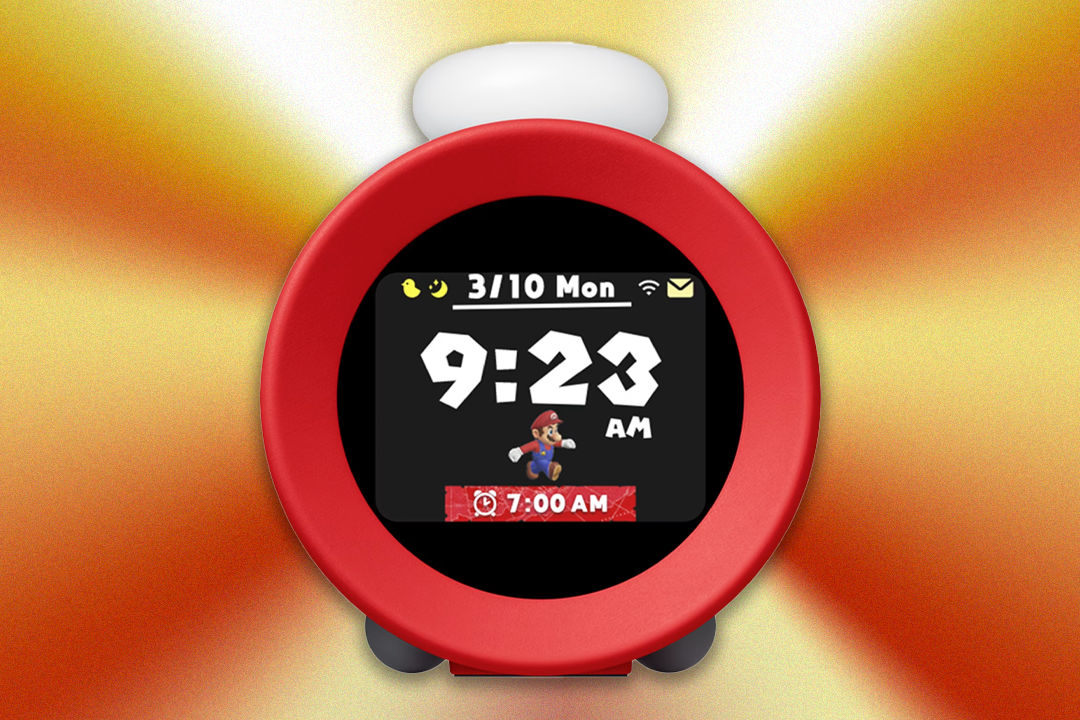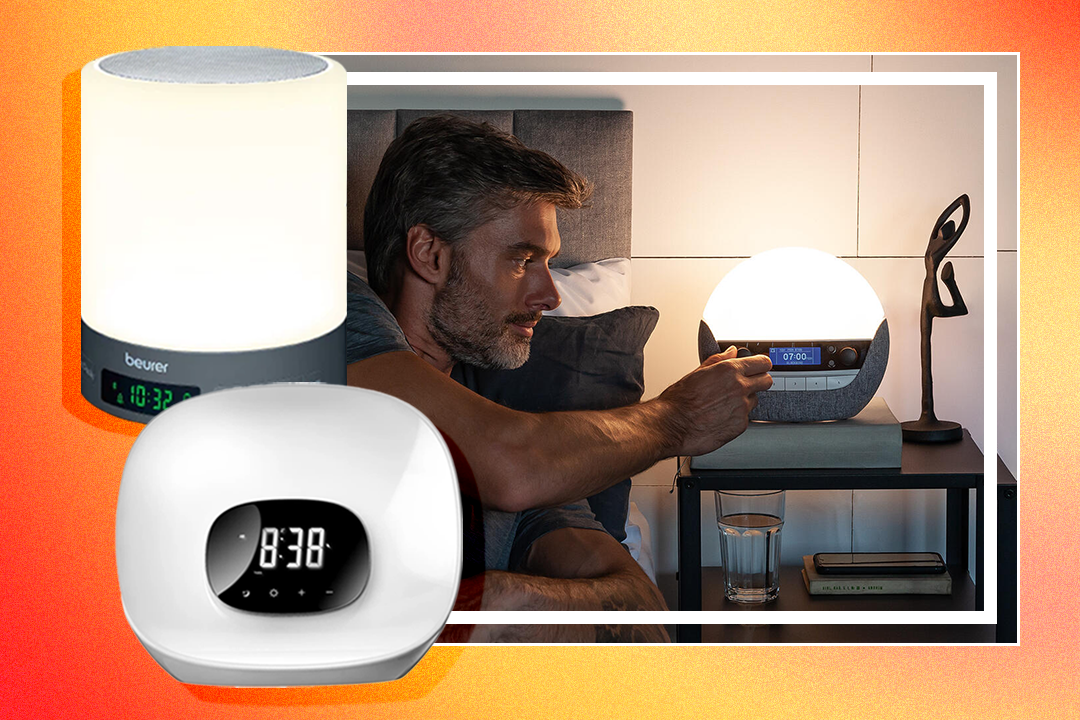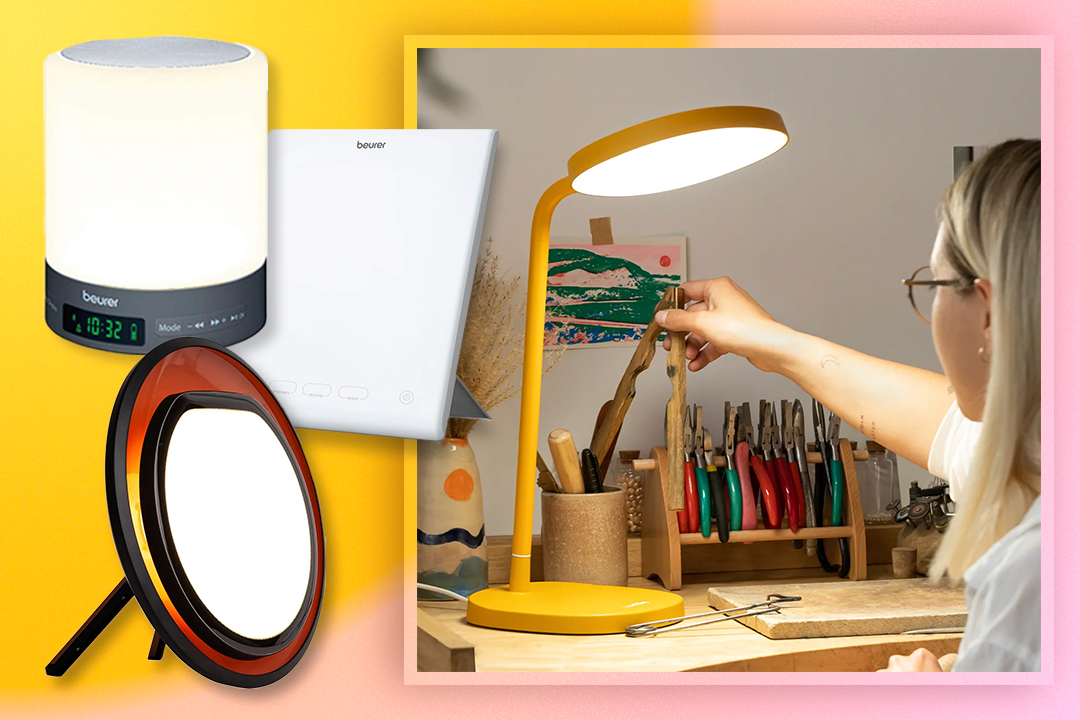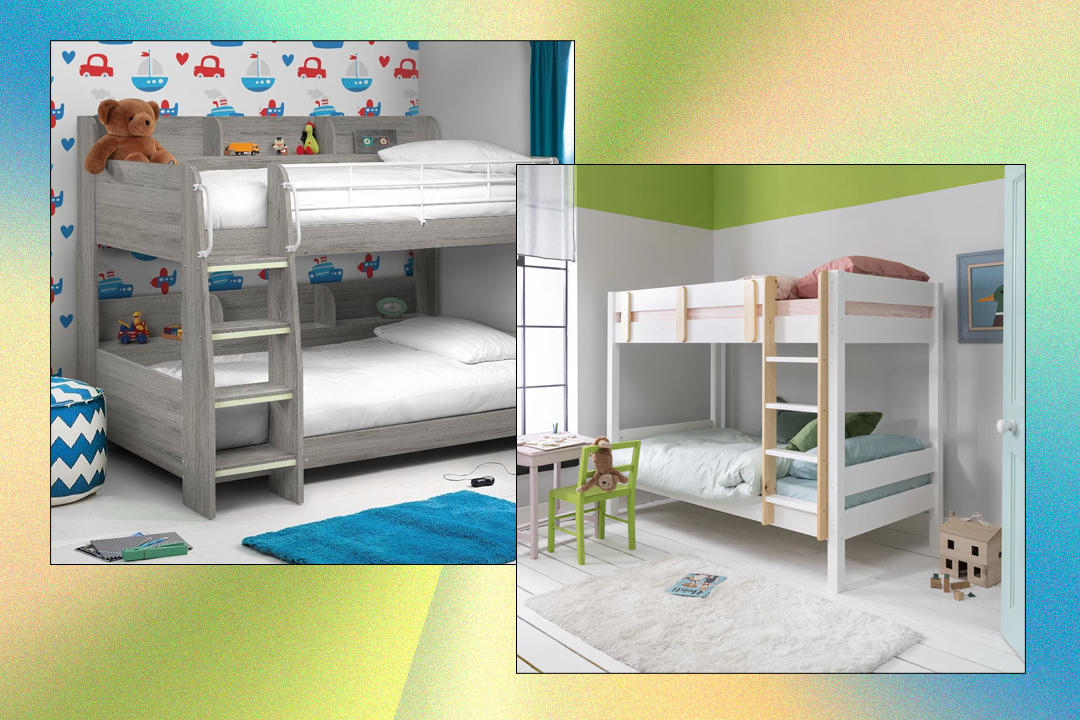Nintendo Alarmo sound clock

- Display : 2.8in LCD screen
- Sensor : mmWave presence sensor
- Number of game scenes : 7
- Number of alarm sounds : 35 (more releasing in the future)
- Why we love it
- Love the Mario red design
- Some really great soundscapes
- Clever motion detection
- The Records feature is neat
- Actually does the job at getting me out of bed
- Take note
- Doesn’t come with a plug
- Still uses USB-A
- No companion app
- Not good for anyon sharing a bed
Design
The Nintendo sound clock looks exactly what you’d expect a alarm clock made by Nintendo to look like. Chunky, Mario red, with a giant button on the top. It looks like something pulled straight out from the LeapFrog learning aisle.
The Alarmo comes with a USB cable, but no AC adapter – a weird omission for a gadget like this. It’s also a shame it doesn’t use a USB-C cable, which is becoming more ubiquitous in recent years. The port is recessed into the bottom of the clock, so it thankfully doesn’t wobble when placed on a bedside table.
Set-up
Once you plug it in, you’ll be taken through setup. It only works with bed sizes between twin and king, and the clock has to face the middle of your bed for the sensors to work properly. You pick how far it sits from your bed for optimal motion detection, then decide how you want it to wake you up – firm, moderate, gentle or by using the button on top.
If you’re rubbish at waking up in the morning, firm mode is for you. If you get up as soon as your alarm clock rings, you’re probably a gentle mode kind of person. It recommended I set it to firm mode because I was using the alarm clock for the first time (but I’m also horrifically bad at getting up in the morning, snoozing for an eternity).
Performance
Now, this thing in firm mode is aggressive. It was like that annoying parent, trying to wake you up for school in the morning. It won’t stop until you’re actually out of bed. And even if you sneak back in, it’ll start screaming at you again with its soundscapes. You do get rewarded for getting up, though. I loved how the victory sound played as I got up, and it flashed pretty colours – I felt like a true champion.
To snooze the alarm, you just have to roll around a bit, or wave your arms in the air, which tells the Alarmo that you’re awake (or waking up at least). As you move, classic Nintendo sound effects play, making it feel like you’re actually in the game. I liked how the Mario Odyssey theme played little coin sound effects as I moved around, with Mario jumping around on-screen.
It’s not as gentle as a regular alarm clock, it’ll keep bugging you every five minutes until you’re up and out. There are a bunch of different soundscapes to choose from, and you can even set it to random mode, so that it wakes you up to something different each morning. Stay in bed for longer than 20 minutes and the music will get more intense, switching to a battle sequence to really wake you up with ferocity.
Does it work? It was annoying, and it really did wake me up, so much so I wanted to unplug it and considered defenestration. According to sleep specialist Dr Neil Stanley, incorporating movement can indeed boost an alarm’s ability to get you out of bed. “An alarm clock needs to wake you up, and so it needs to do something ‘alarming’ to achieve this, usually by use of noise,” he explains. “However causing someone to move to modulate the sound will also help – we don’t move in the same way during sleep so this type of interaction with the device will add to its effectiveness.”
Read more: 10 best Amazon Echo smart speakers 2024
That said, it might not work for everyone. If you’re really familiar with the music, then it’s not going to alarm you enough to wake you up. “The use of familiar sound may not be optimal, they are not ‘alarming’ so it is more of a gimmick then a truly useful device,” Stanley says.
I quite loathed that I couldn’t relax in bed after waking up because it kept bugging me if I stayed in the sheets. Set it to gentle mode, however, and you should be able to stay in bed after getting up and returning a bit later.
There’s another glaring issue with the device. If the playful design didn’t make it obvious this is aimed squarely at kids, the way it works certainly will. It’s not exactly designed with older Nintendo fans – or adults sharing a space with someone else – in mind. The motion sensor only works if you’re the sole person in bed. If one of you gets up, but the other stays tucked in, the alarm won’t stop going on.
The workaround is to set it to button mode, which stops the alarm if you hit the button on top, but then you don’t get to keep the fun motion-sensing features at all. You can also only set one alarm ;er day, so even if you use button mode, you’ll both have to get up at the same time, or make use of a different alarm clock for a different time.
It’s a fun little toy for young Nintendo fans, but if you’ve got a partner, this isn’t for you. That becomes increasingly clear when you realise that, while it connects to wifi so it can update the firmware and download new themes and sounds, there’s no app so it can’t be controlled from a smartphone.
There are a couple of other nice little features. Records shows how long I’ve spent in bed, how much I’ve been moving around in your sleep and how long it’s taken me to get up. There’s also some relaxing soundscapes that can be set for when you get into bed at night, helping you fall off to sleep. You can also set up an hourly chime, like an old Grandfather clock. It’s very Nintendo, in its application and design, and kids might really love this as their new bedside companion.












